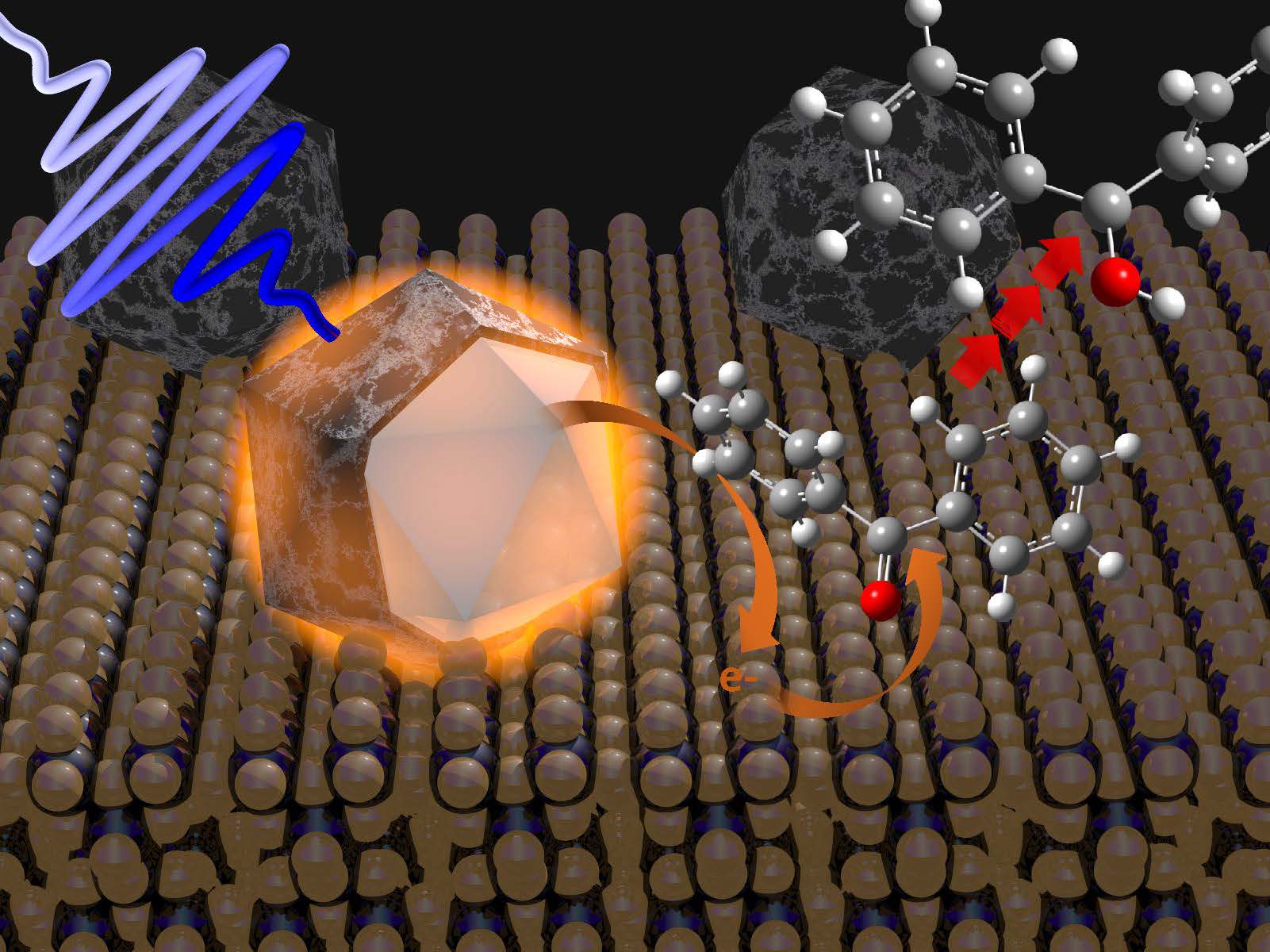Ultrafast energy transfer and thermal relaxation in Metallic Nanoparticles
The study of optically excited metallic nanoparticles is a fast-growing field of research due to unique physical properties ideal for use as light harvesters in applications such as photocatalysis, thermal energy transport, solar cells and more. Perturbing the strong optical absorption at or near the plasma frequency of these particles results in a non-Fermi distribution of “hot electrons” that have been shown to possess enough energy to drive chemical reactions.

As part of an ongoing collaboration with the Thon Lab in the Department of Electrical and Computer Engineering at JHU, we are focused on the fundamental photophysics that underlies the plasmonic and photocatalytic potential of aluminum nanoparticles which have recently appeared as a possible earth-abundant replacement for traditional noble metal particles. Aluminum poses unique challenges, most notably arising from the native oxide layer that forms during synthesis. The fundamental relaxation dynamics of these particles must be well characterized in order to understand the effect(s) that the oxide layer will have on energy transfer to and from these particles. In recent work we have demonstrated that the oxide layer facilitates thermal energy transfer to the surrounding medium which indicates that these particles are rather robust due to their ability to dissipate heat very quickly.
